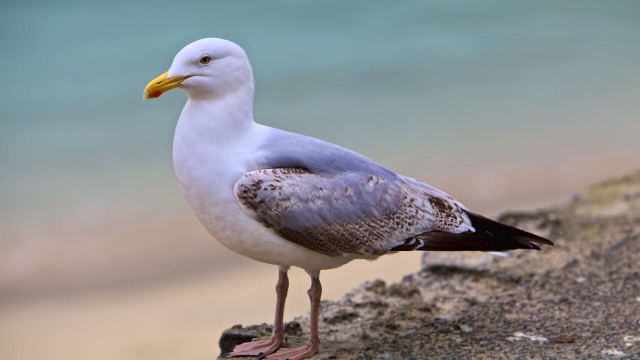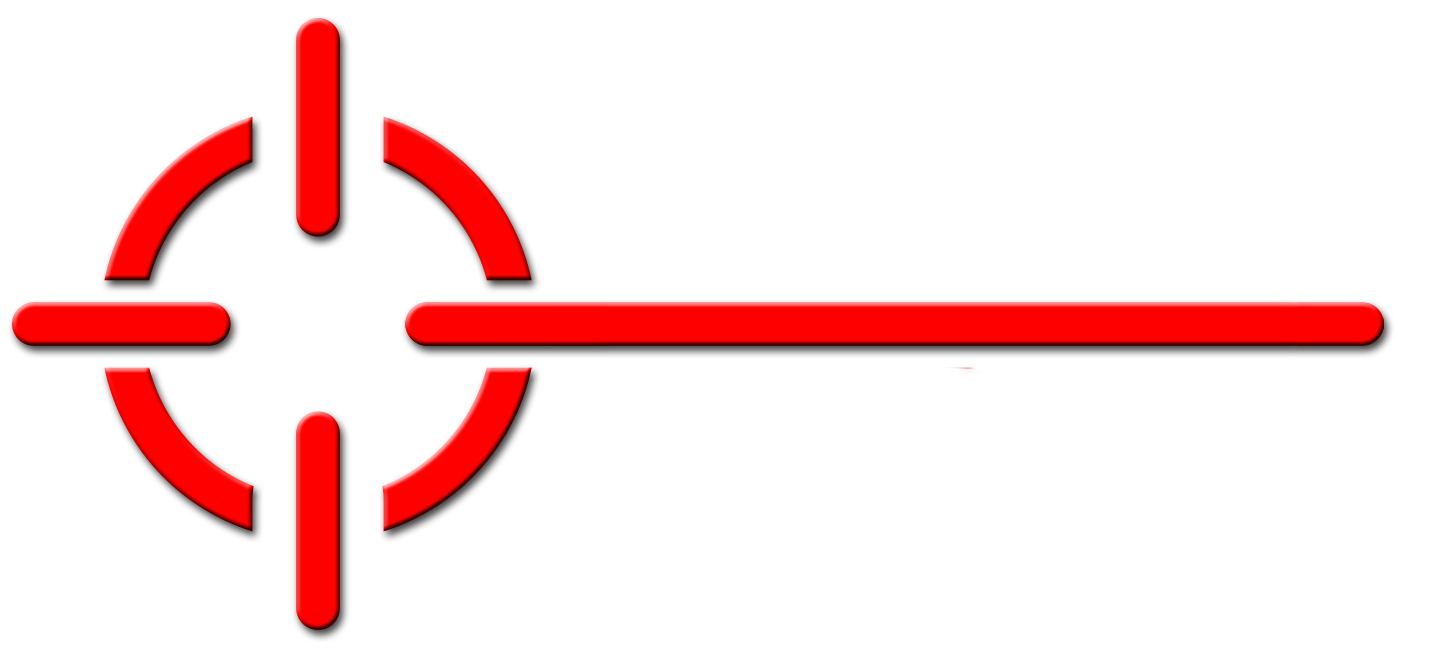
J & L Pest Control is a family owed business that has been practicing Integrated Pest Management (IPM) services since it was founded.
T (631)-605-9919
Email: jandlpestcontrol@gmail.com
J & L Pest Control
1090 Martinstien Ave.
Bay Shore, NY 11706

INTRODUCTION. Sea gulls have long been associated with sea coasts. However, several species have extended their ranges significantly inland, with landfills and agricultural development being the attractions. Sea gulls are mainly nuisance pests around harbors, landfills, agricultural areas, and when begging for food. In addition, they foul residential and commercial buildings and public areas with their smelly droppings, and they account for 50% of documented aircraft-bird strikes. Sea gulls are worldwide in distribution, but are found mainly around seacoasts and large inland waterways.
RECOGNITION. Depending on the species, adults about 11-30" (27.9-76.2 cm) long. Large, mainly white water birds with slightly hooked bill, long pointed wings, usually short fan-shaped tail, and webbed feet; swim and feed at water surface. Color mainly white with no brown plumage, head feathers vary seasonally from dirty white/brown to pure white/black, and tail whitish with no dark bars. Immature gulls often dirty white to brown.
HABITS. Gulls are often major nuisance pests in the urban environment. Their droppings are extremely smelly and foul wherever they land. Herring gulls are the usual problem around dumps/landfills and the ring-billed gull is the usual problem species around fast- food restaurants and airports. Sea gulls pose little threat to human health and their extoparasites are not a problem. This is because gulls rarely loaf in populated areas or nest on occupied structures.
CONTROL. Sea gulls are a federally protected species. This means that exclusion is usually the only control method available, but it is often not practical. However, overhead wires have been used to protect landfills, city reservoirs containing potable water (fit or suitable for drinking), and even fast-food establishments against gulls. Wires are stretched along ledges of buildings and wire grids are established on roof tops to prevent loafing. Increased sanitation around eating establishments and immediately covering new refuse in the dump with soil will help discourage their presence.
Please call us today for a free no obligation quote for the control of these birds.
